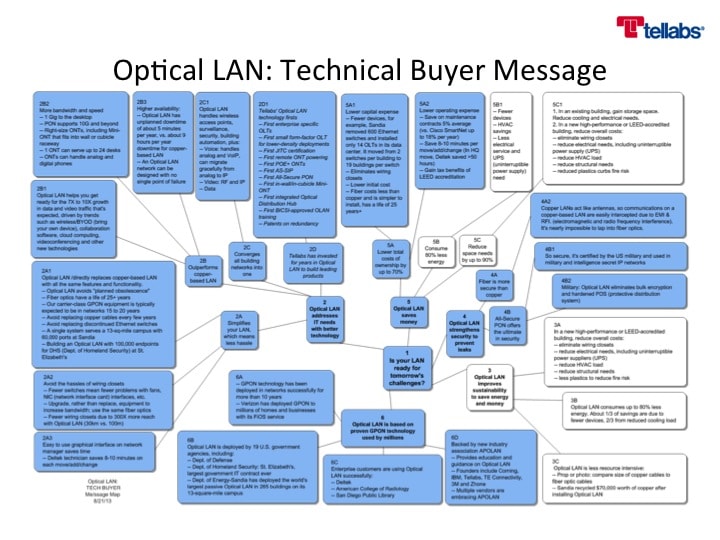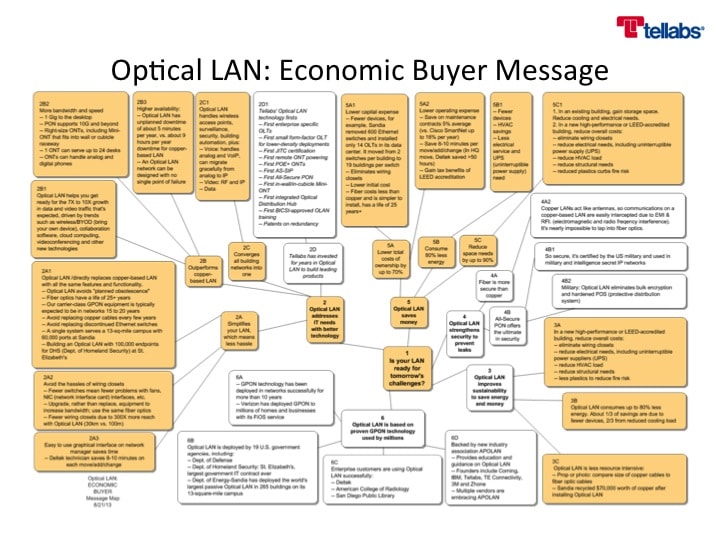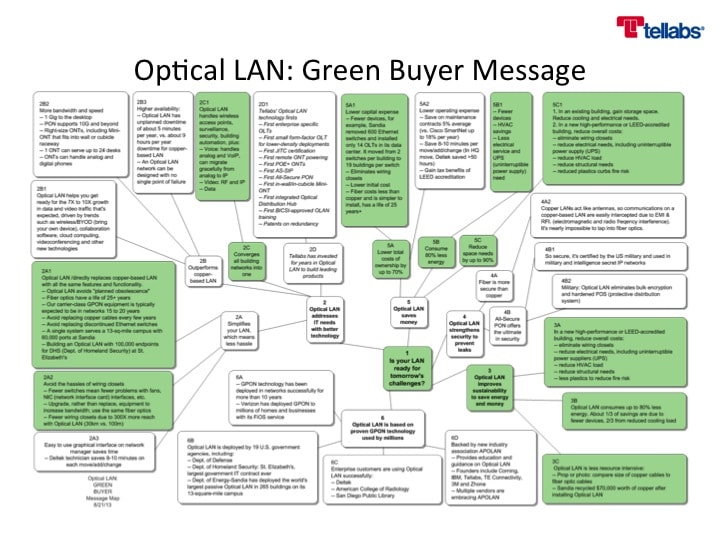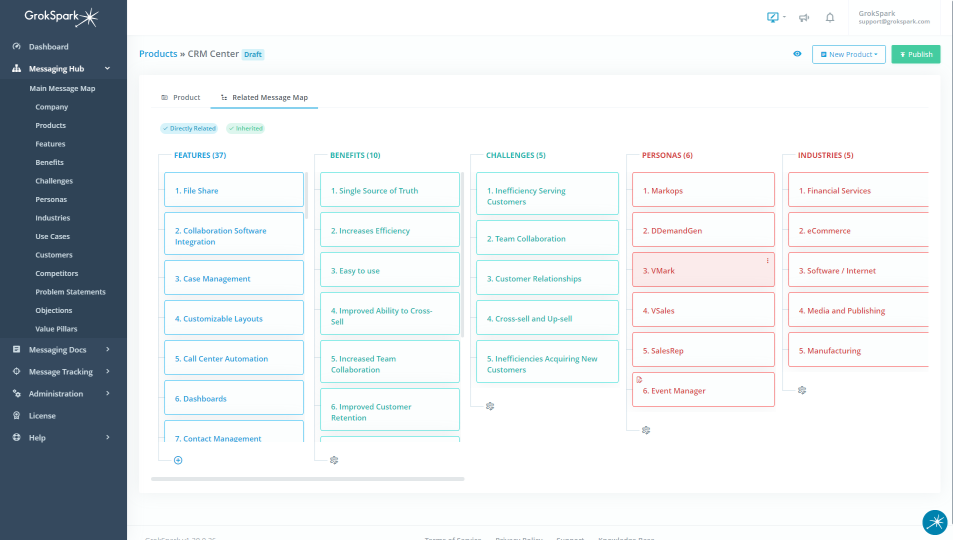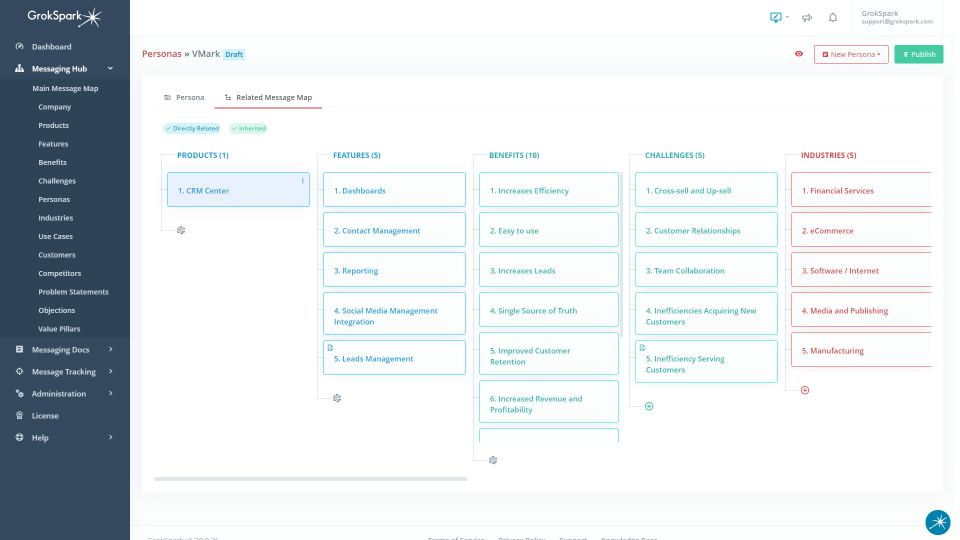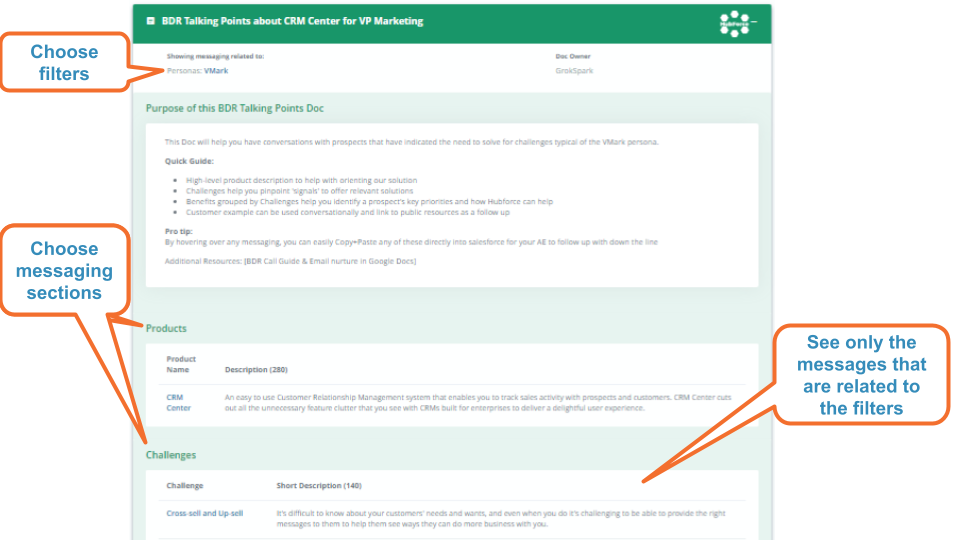
Why bigger better message maps are the best way to scale your messaging
Jonathan Bracken
If you’re a Product Marketer who thinks it’s hard to create and maintain your company’s messaging and positioning for use in lots of situations and in various forms, you are not alone!
Product Marketers view messaging and positioning as their top responsibility*, but there are a lot more challenges around maintaining and disseminating messaging for B2B marketers (which I’ll get into). Now if it’s the solution you’re after, I’ve got 2 words for you: “Message Maps”.
*92.6% of PMMs said this according to Product Marketing Alliance
Ok if you’ve googled “message maps” you might be thinking “there’s no way I can put all the complexity of our B2B messaging into one of those 3×3 ‘Candyland’-looking message maps”. While that might be true, it certainly IS possible to put your messaging into an array of interconnected message maps…(perhaps more like a ‘Risk’ map than ‘Candyland’). Not only is it possible, but with the right system it is by far the most efficient and effective way to manage it. Maps can also eliminate a lot of the hassles of updating your messaging like when your products evolve or you add a new use case or persona.
In this article we’ll explore what makes Message Maps the most efficient and effective way to manage your messaging in the modern B2B marketing world. Additionally we’ll touch on the most common alternative approaches and when they might be appropriate.
What is a message map and why should I use one?
In perhaps its most common form Message Maps are a visual communications tool to help people in your organization figure out what messaging to use in different situations. It’s efficient because you can write a message once and then just use the map diagram to show all the situations where it applies. So a feature description, for example, can be mapped to all the use cases where the feature applies.
These maps also provide good consistency since the same message will be used in all places where it should be used without having to rely on keeping multiple message copies in sync. And while we all know consistency is important, it goes much farther than something akin to good daily hygiene. We have a post here about how messaging consistency can increase conversion rates and improve customer experience which…is kind of why we’re doing this product marketing thing right?
But here’s the catch:
Usually these message maps are focused on high-level or generic messaging because they are often limited by what you can put on a single page.
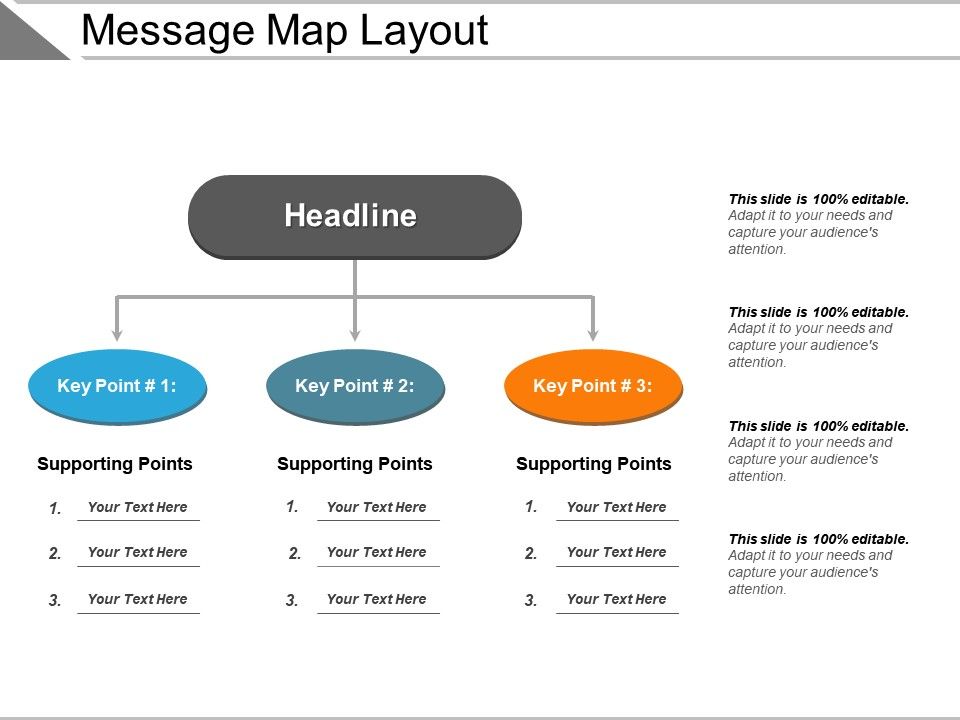
So are we doomed?
Maybe….but not because of message maps. You see, we created a system where you can assemble an array of interconnected message maps that lets you document all of your messaging and identify what each message is related to and relevant for. Then users apply filters to get a messaging doc with the specific set of messages they need for each situation regardless of the number of dimensions. In this way product marketers can handle the complexity of managing today’s more targeted B2B messaging for campaigns, content assets, sales emails/call scripts etc. without having to maintain a disconnected set of maps and docs rife with unwanted duplication and variation.How did we get here and why is it so hard to manage my messaging?
Part of the pressure to create segmented messaging for B2B vendors stems from consumerization influenced by B2C personalization that led to increased expectation of more targeted messaging.B2C Personalization => Consumerization => Expectation of Segmentation
Another challenge was created by the advent of numerous delivery vehicles for messaging and content. It’s not just a website anymore. Now with all your web, social, email, plus your sellers, partners, agencies and more you have many more versions of messages to create and maintain and keep consistent. Another trend driving complexity is just the pure growth and increased sophistication of sales and marketing organizations. More highly targeted (complex) campaigns run by demand and sales enablement come with their own specific messaging needs.
Message Map Alternatives. Why would I want to create a messaging map anyway?
If it seems like a pain to have to make all those decisions about what message is relevant for what situation, perhaps it’s worth considering the alternatives. Why not just create messaging docs for each product or solution or put it all in a ‘messaging bible’ and call it a day?
The alternative to message maps is usually to deploy a lot of PMM resources to manually create and maintain multiple sets of messaging docs (or put it into the ubiquitous, massive “messaging bible”) to cover every situation. Often PMMs will be aligned by product or use case or sometimes by target audience. Regardless of the organization, this approach is expensive because it uses humans to not only create, but maintain and keep consistent all the messaging they need for their respective fiefdoms.
The inefficiency of this approach comes from the fact that many of the messages used for each PMM will be the same. For example if the PMMs are organized by use case then there will be duplication of many of the product and feature messages that apply to each use case. Similarly if the PMMs are organized by product then the audience and use cases info will be duplicated.
In addition to being inefficient, these overlaps and duplication in messages are difficult to manage effectively as messaging often becomes inconsistent across PMM silos and their respective messaging docs.
What message map tool should I use?
In short, it depends on how complex you need the map (or maps) to be. If you just want a ‘Candyland’-style map for high-level messaging, you can use any visual mapping tool….or even slides. This is probably the best approach for startups or where the messaging is quite simple.
On the other hand if you want message mapping at a more detailed level to replace the need for maintaining separate messaging docs for each situation, you’re going to need a better map. The GrokSpark GTM Messaging Hub has interconnected message maps that are tied to a relational database.
